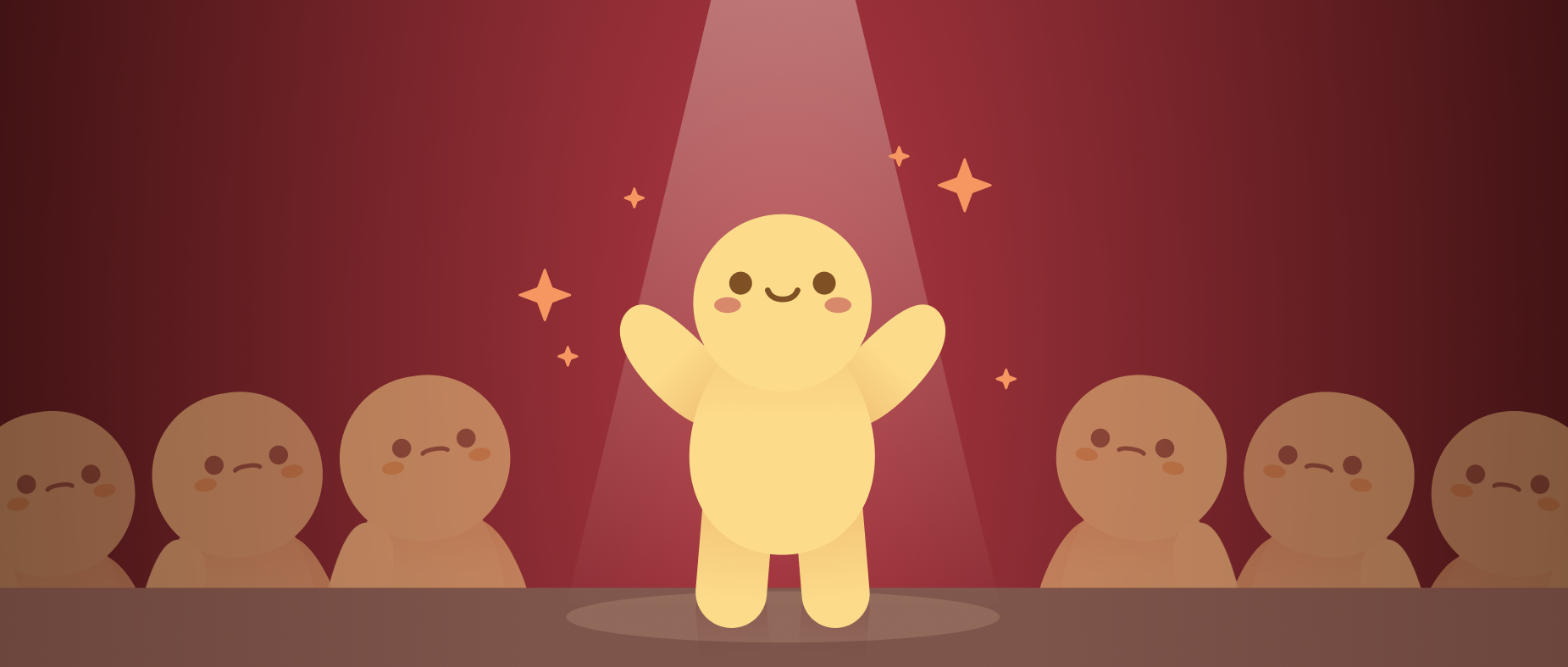

The fetishisation of UX design
source link: https://uxdesign.cc/the-fetishisation-of-ux-design-1ce2de0644b5
Go to the source link to view the article. You can view the picture content, updated content and better typesetting reading experience. If the link is broken, please click the button below to view the snapshot at that time.
The fetishisation of UX design
Is our showboating doing us more harm than good?

In 2012, Google Ventures created the design sprint. It’s a five-day collaboration with a variety of members in your product team. You “sprint” through the whole design process in a week, from defining the problem to creating a prototype. The idea is to bring in ideas from key stakeholders, and to help them empathise with their customers.
And it seems to have worked.
Nine years later, workshops and ideation sessions have become commonplace in product teams. Non-designers throw around terms like “usability” and “design thinking” as often as we do. But what’s the consequence of this? Has involving stakeholders in the process this way actually harmed us?
The dumbing down of design
UX design is complex. There’s more to our work than thinking of the customer needs. We have to create designs that developers can feasibly build. Come up with solutions that will provide value to the business beyond looking nice. We also think about how to make them accessible, work across many devices, and the impacts it’ll have on the other parts of our product.
When we run design sprints with our co-workers, we sweep this stuff to the side. We level the playing field. Everyone gets the same tools as we do, and all our design ideas have the same weight. As a designer, any authority you had over how this system is going to behave is gone. You’ve convinced the people in that room that they can do your job.

There aren’t many other fields I can think of that self-sabotage like this. Exercises like design sprints make our jobs seem so easy. But when you design without thinking about the other factors in the product process, you’ll end up with useless solutions.
Not everyone can design. Yes, anyone can (and should) pitch in on the discovery phases of design. Everyone within your company will have a different viewpoint, and they are all valid and useful to explore. But turning those ideas into real solutions takes skill, and that’s something only a professional can do.
UX Design is not supposed to be easy
Being a designer is tough. It has hardships like any other job. There’s conflict, frustration, and a steep learning curve. But we don’t address this at all. Designers would rather post and talk about things that get attention.
One type of post that demonstrates this self-indulgent behaviour is the before and after shot. You take an artefact like a button or card and make it more “user friendly” by making it look more exciting. The process seems so simple that people believe that it’s obvious and easy.

But these posts are illusions. They take a field as complex as product design and strip it down to focusing on looks. By doing this, you skip out on teaching people about the other UX considerations you have to make as a designer:
- Context. What prompted the redesign? Why is the ‘before’ solution an issue? What goals are you hoping to achieve by updating it?
- Considerations. What kinds of people are using the before solution? What are their needs and motivations? How can you ease their pain points through your redesign?
- Usability. Will people still recognise this as a button? Is it accessible? How does it work on different devices, and does it fit with their platform-specific guidelines?
- Feasibility. Is it possible to build this into your product in an efficient way using your product’s tech stack? How many places will the redesign affect? Will it have any knock-on effects that you’ll need to fix later?
- Impact. How do you know that this update was successful? What did you do to confirm this?
Only showing the final product trivialises what we do, and downplays how much work goes on behind the scenes. To the untrained eye, all you need to do to improve something is make it look better. It’s reinforcing that false and dangerous narrative that anyone can be a designer.
And seniors aren’t doing enough to stop this kind of behaviour. Instead, we endorse it. Posts like this keep getting likes and shares, even though professional designers know that it’s fake. Encouraging content like this makes it harder to have authentic discussions about design in practice.
What can designers do?
Rather than repeating the same popular tropes, we have a responsibility to set the record straight. We’re already doing so much great work, and we need to start talking about it.
In my opinion, these are some things designers can do to help others to take us and our field more seriously:
- Practice and showcase the ‘boring’ parts. For example, how to make clear and helpful documentation, or handing your work over to developers.
- Speak to people who aren’t designers. It’s easy to create an echo chamber when you only speak to others like you. Start conversations about design with people who don’t have that bias.
- Learn about things outside of design. Teach yourself how a business makes money, or how coding works.
- Collaborate with others without giving them the reigns. You can workshop to understand the problems and capture ideas, but work on the solution by yourself.
- Talk about design like it’s your job, not your passion. Because nobody is so enthusiastic about user experiences that it engulfs their personality. There’s more to your life than designing interfaces, right?
- Hold others to these standards. Encourage others to look past flashy clickbait posts. Start talking frankly and seriously about what it takes to be a good UX designer.
Recommend
About Joyk
Aggregate valuable and interesting links.
Joyk means Joy of geeK